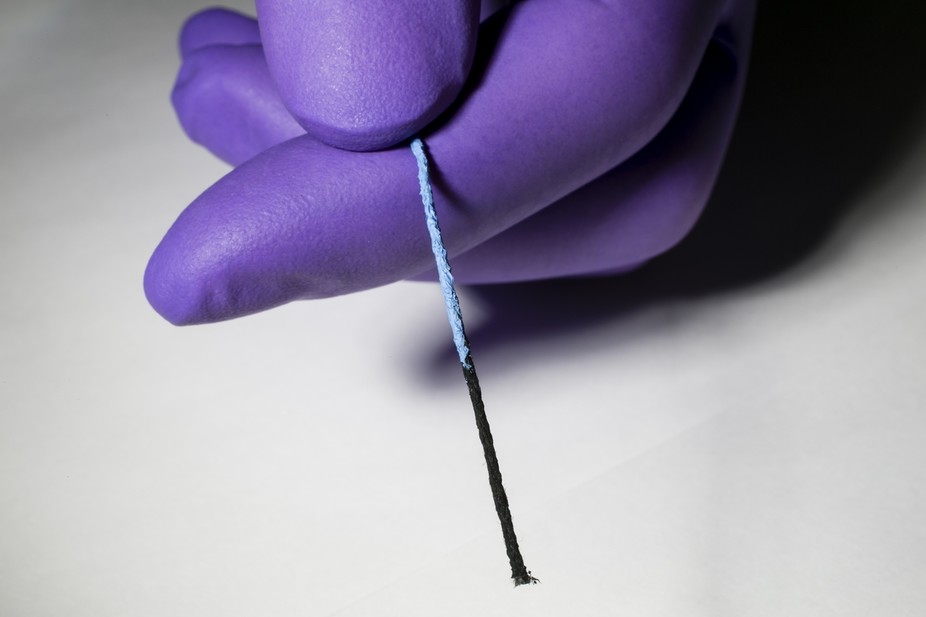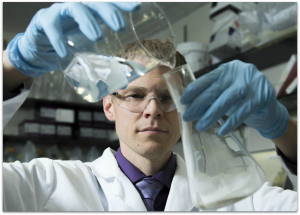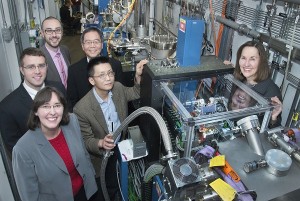 By using mild electric current, a team of researchers from Washington State University has demonstrated the ability to beat drug-resistant bacterial infections – a technology with the potential to treat chronic wound infections.
By using mild electric current, a team of researchers from Washington State University has demonstrated the ability to beat drug-resistant bacterial infections – a technology with the potential to treat chronic wound infections.
Lead by ECS member Haluk Beyenal, the team combined an antibiotic with electrical current to kill the highly persistent Pseudomonas aeruginosa PAO1 bacteria. That very same bacteria can seen in infections of the lung, cystic fibrosis, and even chronic wounds.
“I didn’t believe it. Killing most of the persister cells was unexpected,” Beyenal says. “Then we replicated it many, many times.”
The 21st century has brought new light to strains of antibiotic-resistant bacteria. In many cases, this bacterial resistance is caused by the widespread use of antibiotics in the 20th century. According to the Centers for Disease Control, at least 23,000 deaths per year are attributed to antibiotic-resistant bacterial infections.






